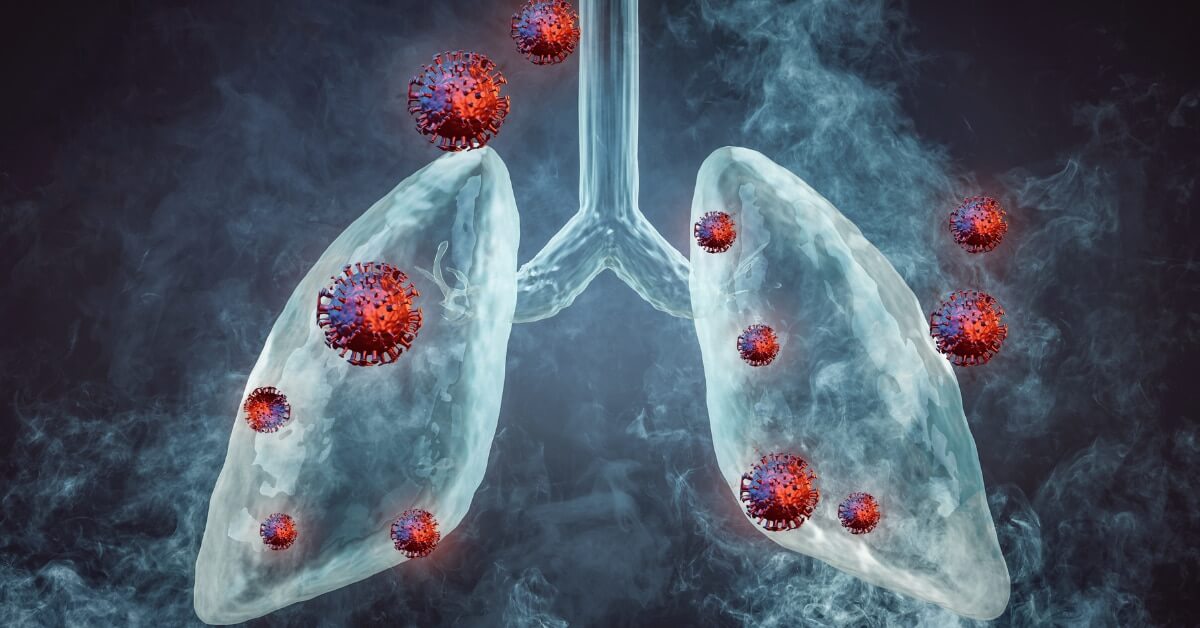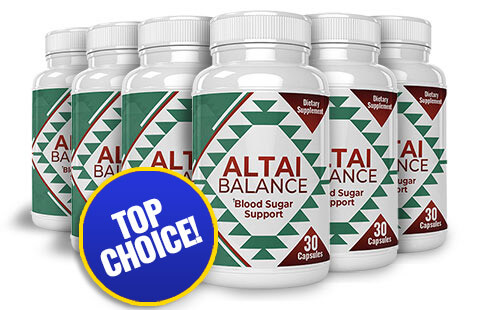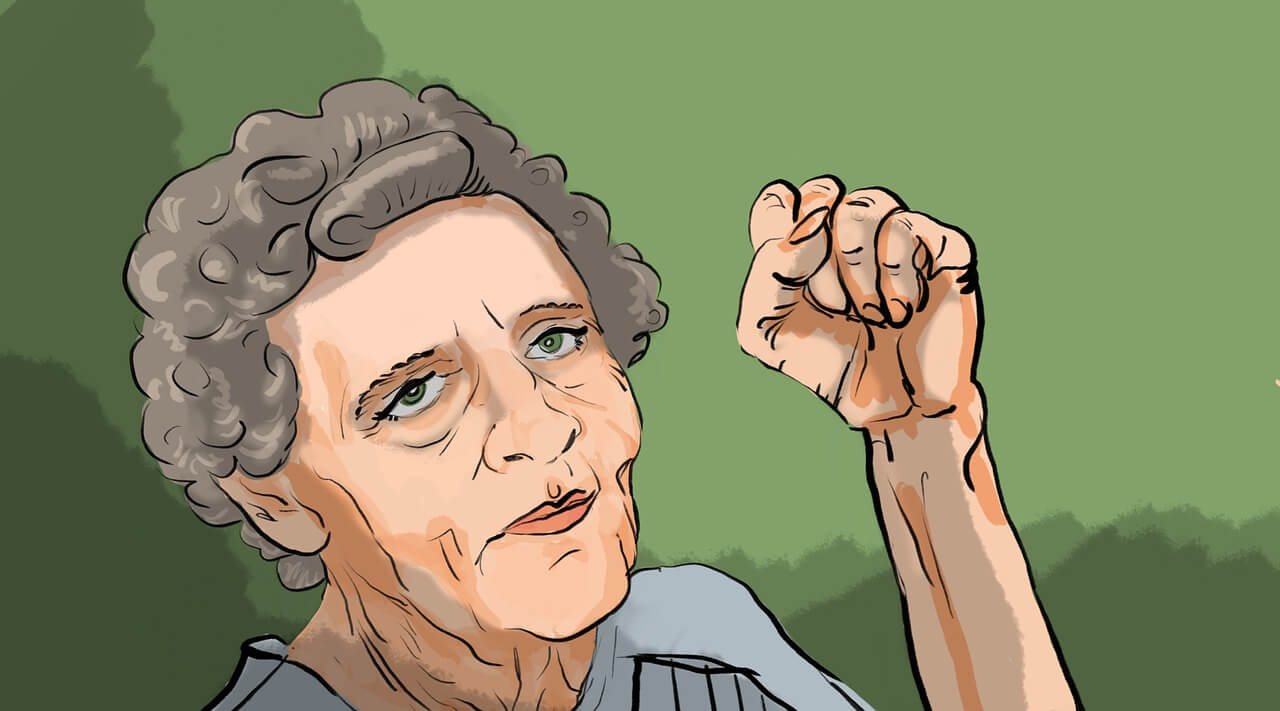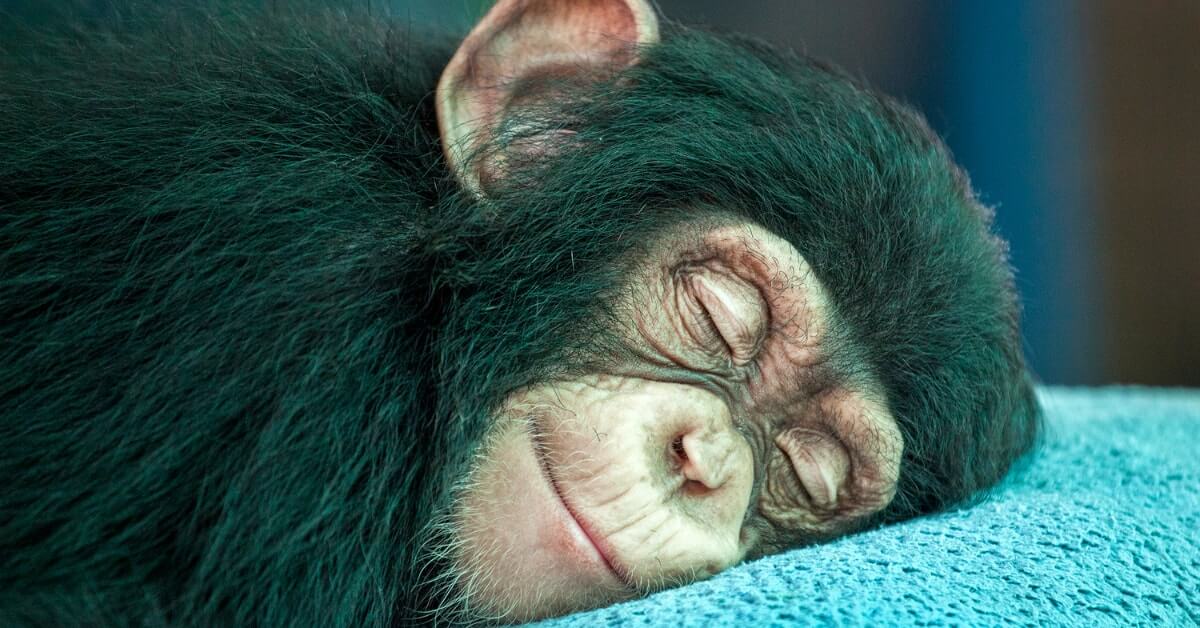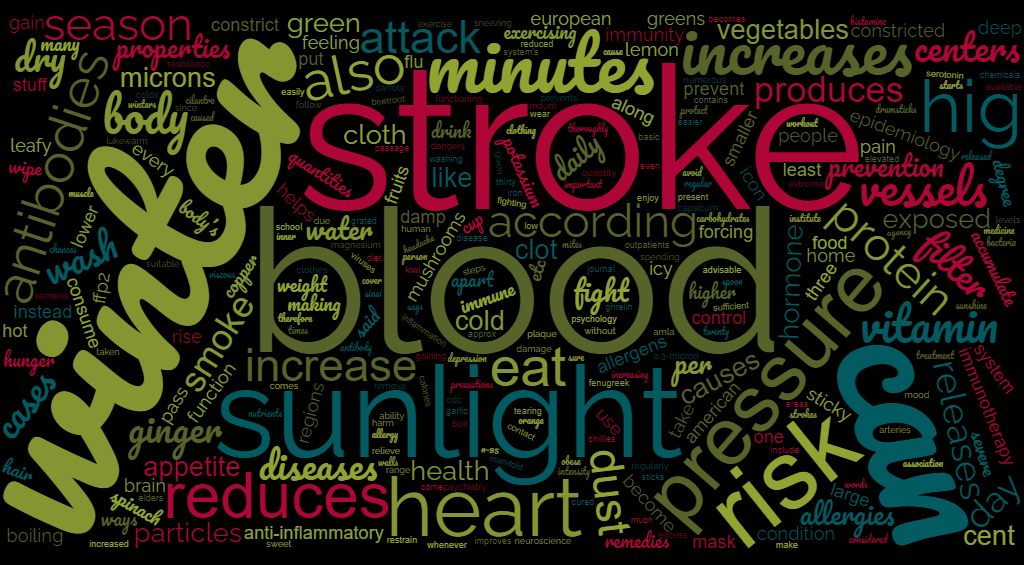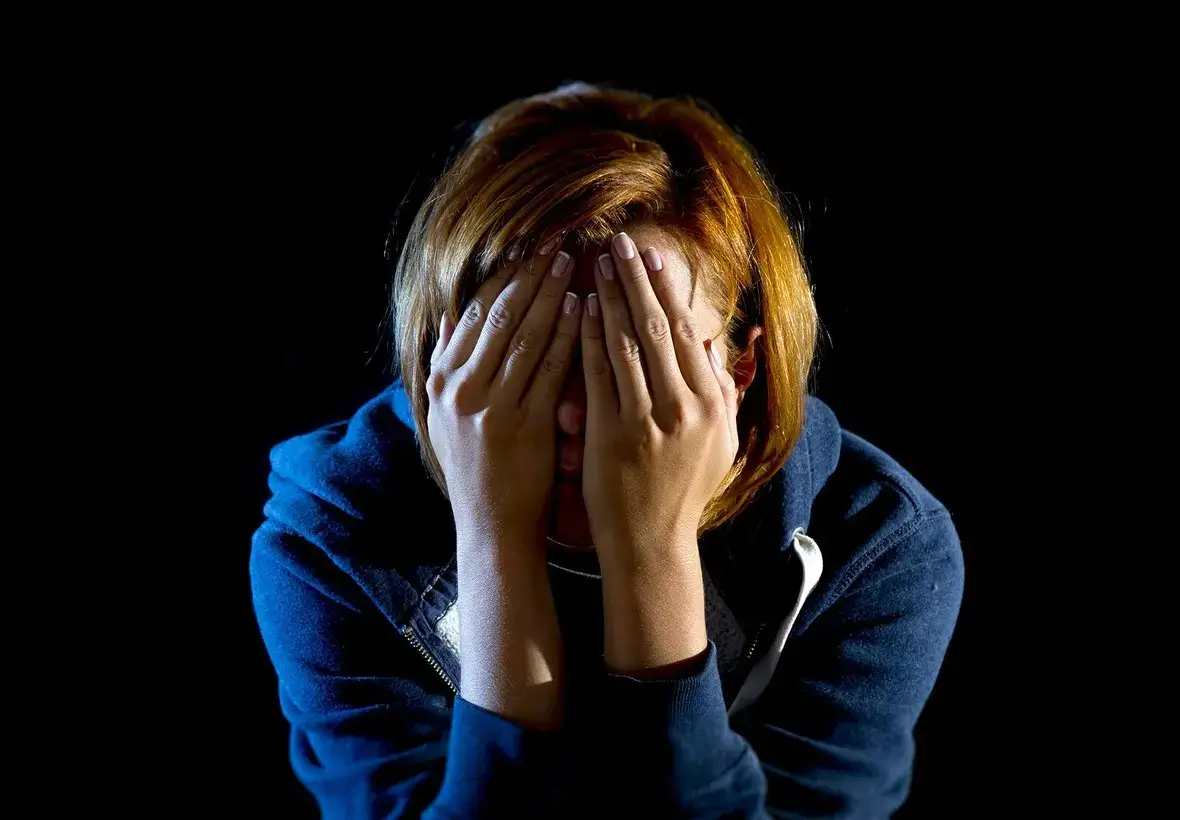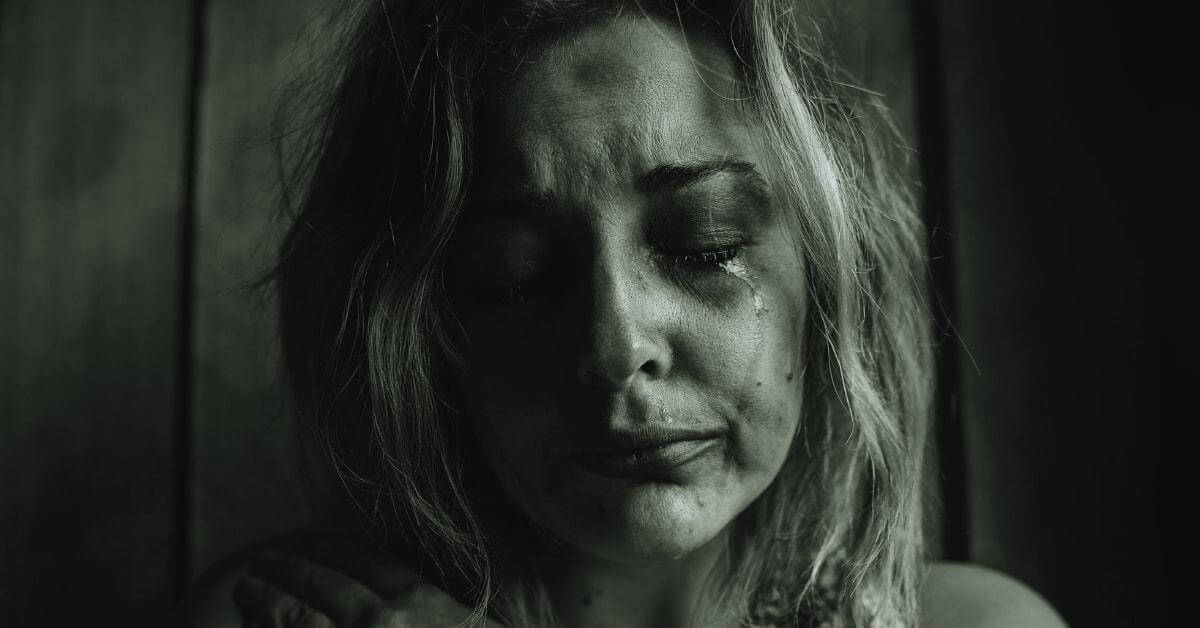6 best tips for healing yourself after the COVID-19 pandemic
This blog post may contain affiliate links. If we find a product or service to be useful, we encourage you to visit the website via that link. If you make a purchase through our referral link, we may receive a commission. Rest assured, you will not be charged any additional fees. By using these links, you can support us while making your purchase. For more information visit here.
Healing yourself after the COVID-19 pandemic
Even after recovering from Covid-19, the lungs have not fully recovered. They are still recovering. They need care. Experts say that in winter, especially, the need to take care of the lungs is crucial. Let’s spend four minutes here healing yourself after COVID-19.
The COVID-19 pandemic has impacted individuals and communities across the globe, leading to significant physical, emotional, and psychological stressors. As the world continues to navigate the aftermath of the pandemic, it has left many individuals wondering how to deal with it and move forward in a post-COVID world.
Healing yourself after COVID-19 can involve a range of strategies, including physical rehabilitation, mental health support, and lifestyle changes. This topic is crucial as individuals seek to recover and regain a sense of normalcy after the unprecedented challenges of the pandemic. In this essay, we will explore some ways individuals can heal themselves after COVID-19, with a focus on the importance of self-care, seeking professional support, and staying connected to others.
Healing your lungs after COVID-19
Every year 4.5 million people worldwide die prematurely due to respiratory diseases. The number of cases has increased after the outbreak of COVID. From experts, learn how to keep your lungs healthy after Covid-19 and how to protect them from smoke, winter, and pollution. Remember these six things to keep your lungs healthy.
1. Avoid exercising in open places.
Experts say that pollution is high in the morning and evening in winter, so it is better to work out in the room rather than in the open. Make sure that the ventilation in the room is excellent. Exercising in the open in winter can also be harmful to the heart. Please do not leave the place immediately after exercising, as it can negatively affect the body.
2. Use spirometry
Strengthen the lungs with spirometry. It is lung exercise. If you have to face the difficulty of breathlessness repeatedly, spirometry may be a better option. Spirometry is like a device in which we have to blow hard through a pipe. It strengthens the working capacity of the lungs.
3. Be sure to wear a mask.
Patients still suffering from lung-related problems after COVID must wear a mask when they come out. It helps patients in many ways. First, it prevents fine particles present in the air from reaching the body due to smoke and pollution. And second, it also reduces the risk of contamination.
4. Check the level with a pulse oximeter.
Experts say it is imperative to check the oxygen level in the winter season because physical activities decrease slightly due to the cold. A pulse oximeter gives accurate information about the oxygen level in the body, whether it is at a dangerous level or is more or less than usual. Check your oxygen level with a pulse oximeter regularly whenever you have time.
5. Follow social distancing.
Make sure you follow social distancing. Avoid exposing yourself to crowded places. If possible, avoid visits to movie theaters, exhibition parks, and markets, and always wear a mask if you enter. Don’t litter around your home and prevent others from doing the same. Make sure your children are also clean. If you do this, I am sure that together we will be able to defeat Corona and get well soon.
6. Do deep breathing exercises.
As much as spirometry helps to strengthen the lungs, deep breathing exercises are better and work similarly. You can do pranayama and anulom-vilom for this. Pranayama works to increase the potential of the lungs. It is important to do pranayama before breakfast or in the evening. Do pranayama for at least 5 to 10 minutes daily.
At the same time, Anulom-Vilom helps the body to circulate blood with enough oxygen. Pranayama is the yoga practice of focusing on the breath. It is a deep breathing exercise. Similarly, Anulom-Vilom is a nostril breathing exercise. So, both of these activities generate life energy and capabilities.
Women are at higher risk of Covid-19 pneumonia than men after Covid.
In most cases Corona directly affects the lungs, it has been named Covid-19 pneumonia. Scientists say this can happen even after a year of recovery. There have been many such cases. According to experts from the University of Southampton, UK, who conducted the research, one in three women may develop Covid-19 pneumonia after recovery.
Doctors have noticed the effect of Coronavirus on the lungs of COVID positive patients even after a year of recovery. The condition is more common in women than in men. Understand research in 4 points!
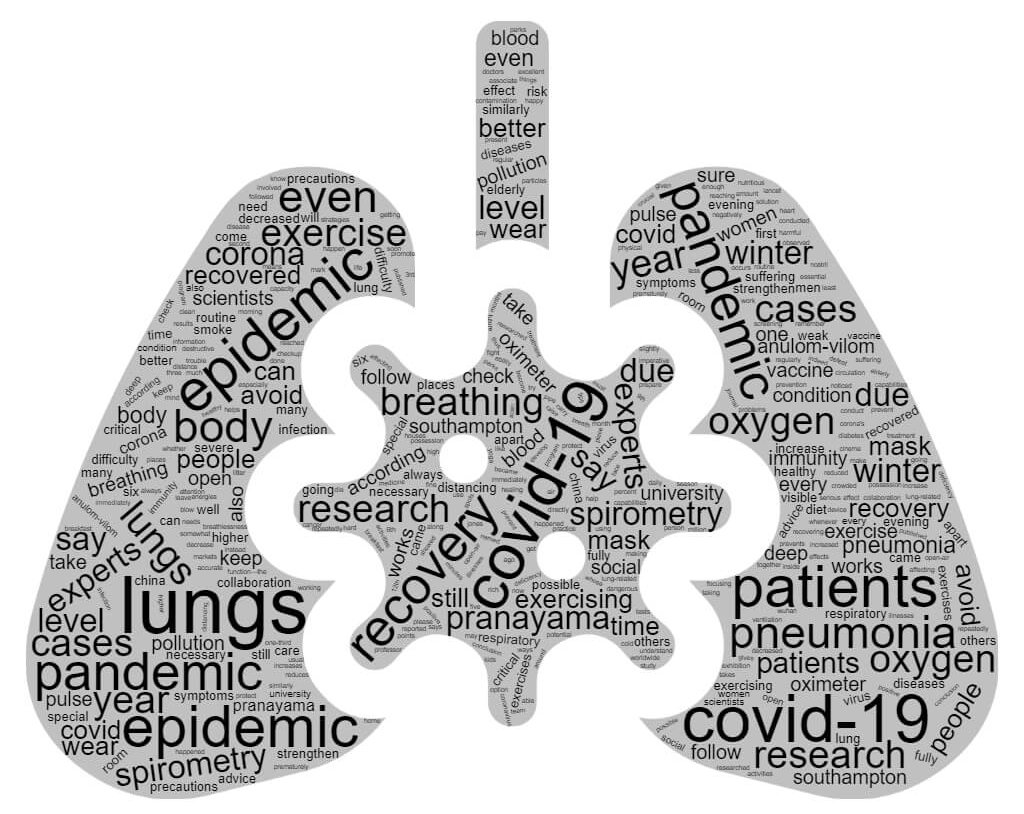
The amount of oxygen in the blood!
According to a study published in The Lancet Respiratory Medicine journal, one-third of patients showed covid pneumonia symptoms even a year after recovery. They have decreased lung function—the reduced ability of the blood to carry oxygen through the lungs. Spots were visible on the CT scan. Such symptoms were more visible in those whose condition became more critical due to Covid-19.
Difficulty breathing in 5% of patients!
According to scientists, 5 percent of the patients involved in the research still have trouble breathing. The University of Southampton’s Associate Professor, Mark Jones, says cases of Covid-19 pneumonia are being reported in people who have already fully recovered from Corona. In some people, this happens after a few months of recovery, and in others after a year. There still needs more research on why Covid-19 pneumonia cases have come up even after a year.
Research in collaboration with China!
The University of Southampton has done this research in collaboration with a team in Wuhan, China. They researched 83 such patients who had recovered from Corona and had suffered critical Corona symptoms and had recovered. They followed up on the 3rd, 6th, 9th, and 12th month and these results came out.
Routine checkups are necessary even after recovery!
Scientists say that, even after recovery, it is necessary to conduct routine screening for Covid-19 infection. It will help in making future treatment strategies for patients. One should also prepare an exercise program to reduce Corona’s destructive effect on the lungs.
Conclusion
Such a person whose immunity is weak should take special precautions. Those who have severe diseases such as cancer, diabetes, or other immunity deficiencies, especially the elderly, should take special precautions. When the vaccine came after the elderly, people suffering from serious illnesses were given the vaccine first.
One should try to be happy by doing regular exercise and taking a nutritious diet. A weak body cannot fight the virus inside the body, due to which the virus takes possession of the body. For patients with these diseases, the only solution is to avoid infection. If infection occurs, the condition can become severe.
For prevention, it is better to wear a mask and maintain social distancing for the time being. Apart from getting the vaccine, it is essential to pay attention to what is possible such as exercising, being outdoors, and eating a nutritious diet to increase immunity. In the end, thank you very much for your valuable time here reading.
Veteran Reading Teacher Reveals Proven Formula That Enables Any Parent To Set The Foundation For Their Child To Achieve Reading Success. Click here to visit Teach My Child To Read.
Understanding the importance of copyright law is absolutely vital, as it strictly prohibits any reproduction or replication of works without the explicit permission of the author. Any unauthorized duplication of content will lead to legal action for copyright infringement under Section 14 of the Copyright Act.
